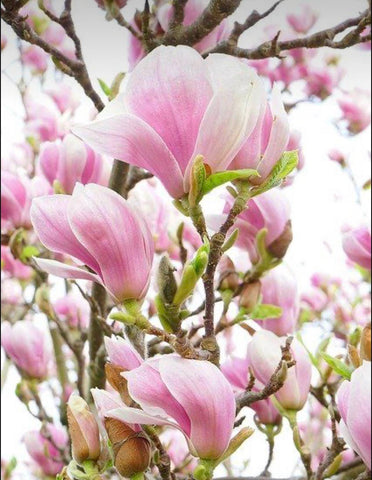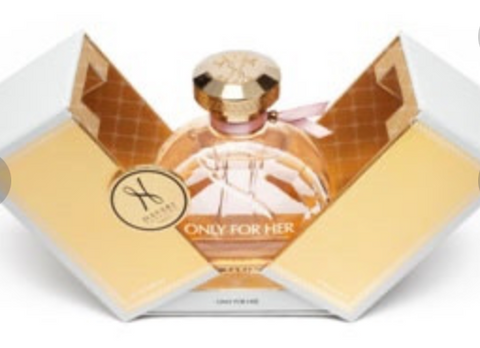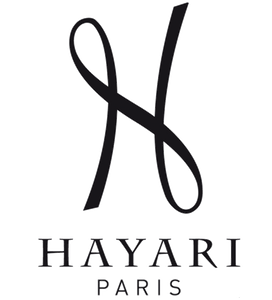The beauty of the magnolia in Perfumery
The origins and culture of magnolia
Magnolia is a gray tree with pink, white, and cream flowers. These flowers are tulip- or star-shaped and adorn this tree, which can grow up to 15 meters in height. Magnolia is a plant belonging to the magnolia family, which itself includes about one hundred and ten species. It is native to Asia and North America and has several varieties. It is worth noting that it is one of the oldest plants on the planet. In fact, magnolias appeared even before beetles. Some species of this flower date back to 20 million years! However, the ones of interest in perfumery are rather the Magnolia Grandiflora or the Magnolia Michela Alba, more recent species. This plant from the magnolia family, like the tulip tree, is named in tribute to the botanist Magnol in the 17th century. The picking of this tree is done from May to June and then from August to November. Two types of uses then oppose each other: that of its natural extract or its reproduction in the laboratory.

Magnolia in perfumes
Magnolia is a mysterious and fleeting flower. Nevertheless, its floral, green, and delicate scent has the power to charm many. Consumers seem to particularly appreciate its spring-like scent, reminiscent of jasmine. Some even consider it to be the new favorite flower of perfumers. Magnolia has an intense attraction power despite its light fragrance. It is both captivating and voluptuous despite being a short-lived flower. Similarly, magnolia is said to be almost as close to a citrus fruit as to a flower. It has great freshness and very present solar accents thanks to its somewhat vanilla facet. While magnolia is mostly extracted directly in its natural form, it can also be reproduced in the lab by the perfumer. Similarly, its stem is also used in perfumery, but its scent is more challenging to use.

Famous perfumes with magnolia
Among the many famous fragrances that honor magnolia, Guerlain's "L'Instant" stands out. Similarly, this plant is also present in "1881 Lumières d'Été" by Cerruti, in "Agent Provocateur" by the eponymous brand, in "Bright Crystal" by Versace, or in "Amarige Mariage" by Givenchy. And of Course "Only For Her" by Hayari Paris.

